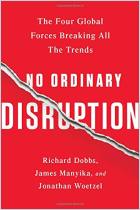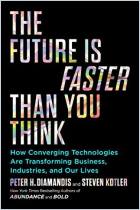
Spatial Economics: The Declining Cost of Distance
The next big economic shift will reshape industries, social patterns and the global economy.
Read offline
Recommendation
How will 3D printing, delivery drones and autonomous cars influence your business? In this intriguing study, Karen Harris, Andrew Schwedel and Austin Kimson of the international management consulting firm Bain & Company examine how emerging technologies will steeply reduce the “cost of distance,” making it less and less relevant where your customer, suppliers and employees are located. getAbstract recommends their analysis to business leaders looking for innovative ways to rethink current business models or develop new ones.
Summary
About the Authors
New York-based Karen Harris and Andrew Schwedel and Dallas-based Austin Kimson work for Bain & Company, an international management consulting firm which helps business leaders with operations, strategy, organization, technology, private equity, and mergers and acquisitions.













Comment on this summary